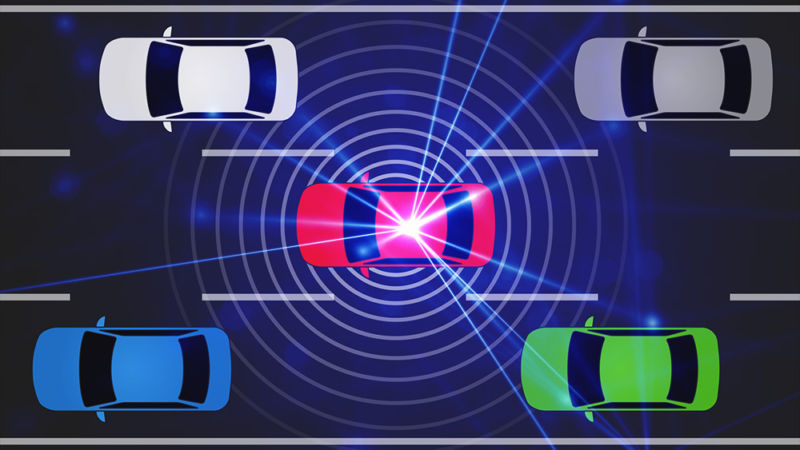What You Didn’t Know About Aeries 1 Lidar Technology
Aeries 1 lidar technology can be used for almost any application as a direct replacement for any other type of lidar sensor. It is built to work in almost any condition, even when partially obscured by fog, smoke or rain. And unlike traditional cameras, this technology has no problem with glare or reflections.
Table of Contents
What Exactly is Aeries 1 Lidar Technology?
Aeries 1 lidar technology is a new type of light-based scanning device that offers a low-cost and highly reliable alternative to radar and other forms of sensing. This technology uses a laser beam to measure the distance between objects by bouncing back an infrared signal from them. This allows it to create an accurate 3D model of its surroundings, making it ideal for use in self-driving cars and other autonomous system applications.
Aeires 1 lidar technology operates at a wavelength of 1550 nanometers, which is invisible to the eye and safe enough not to cause damage if used around people or animals. It can also be manufactured cheaply enough that it could potentially be integrated into smartphones within a few years’ time frame.
What’s the Origin of Aeries 1 Lidar Technology?
Aeries 1 lidar is the latest technology that has been developed to help scientists and engineers measure the distance between objects. Aeries 1 was first used in 2008. The technology has been used to measure distance on land, water and air. It is also used in space missions.
What is Lidar?
Lidar stands for light detection and ranging. It is a method of measuring distance using laser beams. The technique involves sending short pulses of light towards an object and measuring the time it takes for the light to return to its source.
The new technology uses four lasers to create a three-dimensional map of the area surrounding an object. The device sends out a series of pulses, reflected back from different parts of the object. Aeries 1 calculates the distance between each point and other information such as elevation, temperature and humidity.
The new technology can help scientists study natural disasters such as earthquakes, hurricanes and floods by providing information about their size and location. It can also be used to study climate change by providing data about changes in sea levels and temperatures over time.

What are the Benefits of Aeries 1 Lidar Technology?
Enhance Safety
Aeries 1 lidar technology is a great way to make your home safe and secure. Aeries 1 lidar is a technology that works by reading the light reflected back from objects in front of it, much like the human eye. Being able to read this light allows Aeries 1 lidar technology to tell us what is in front of it and how far away things are. Aeries 1 lidar technology can be used for various purposes, but one of the most exciting applications of this technology right now is in self-driving cars.
Identify Obstacles
The Aeries 1 Lidar system uses a scanning Laser to create a point cloud of the environment around a vehicle. The resulting data can be used in conjunction with other sensors to provide an autonomous ground vehicle (AGV) with a detailed perception of the surrounding world. The system is designed to detect and classify obstacles at ranges up to 50 meters, with an angular resolution of 0.3 degrees and distance accuracy of 1%.
Provide High-Resolution Data
Aeries 1 is inherently resistant to poor weather conditions such as fog and rain, which are often problematic for other types of sensors. It produces accurate, high-resolution data that enables localization and navigation algorithms to be easily developed and tested.
The goal of the Aeries 1 sensor is to allow a developer or researcher to quickly integrate a solid and accurate perception system onto their AGV platform.
Easy Setup
The AEIRS 1 LiDAR technology is quick and easy to set up and use. You can start using it with your 3D printers as soon as it arrives at your facility. The system does not require calibration or interference from sources such as light or other electromagnetic waves in order for it to operate correctly.
Real-Time Monitoring
With the AEIRS 1 LiDAR technology, you will be able to monitor a 3D printing process in real-time. The system measures the height of the printed layer every 0.3 seconds, enabling you to identify and respond to issues during the build itself rather than after it has been completed. This reduces rework and waste.
Finally, the AEIRS 1 LiDAR technology is designed to help you to understand better how your 3D printing process is performing. It provides a range of benefits compared with traditional 2D imaging and cameras

